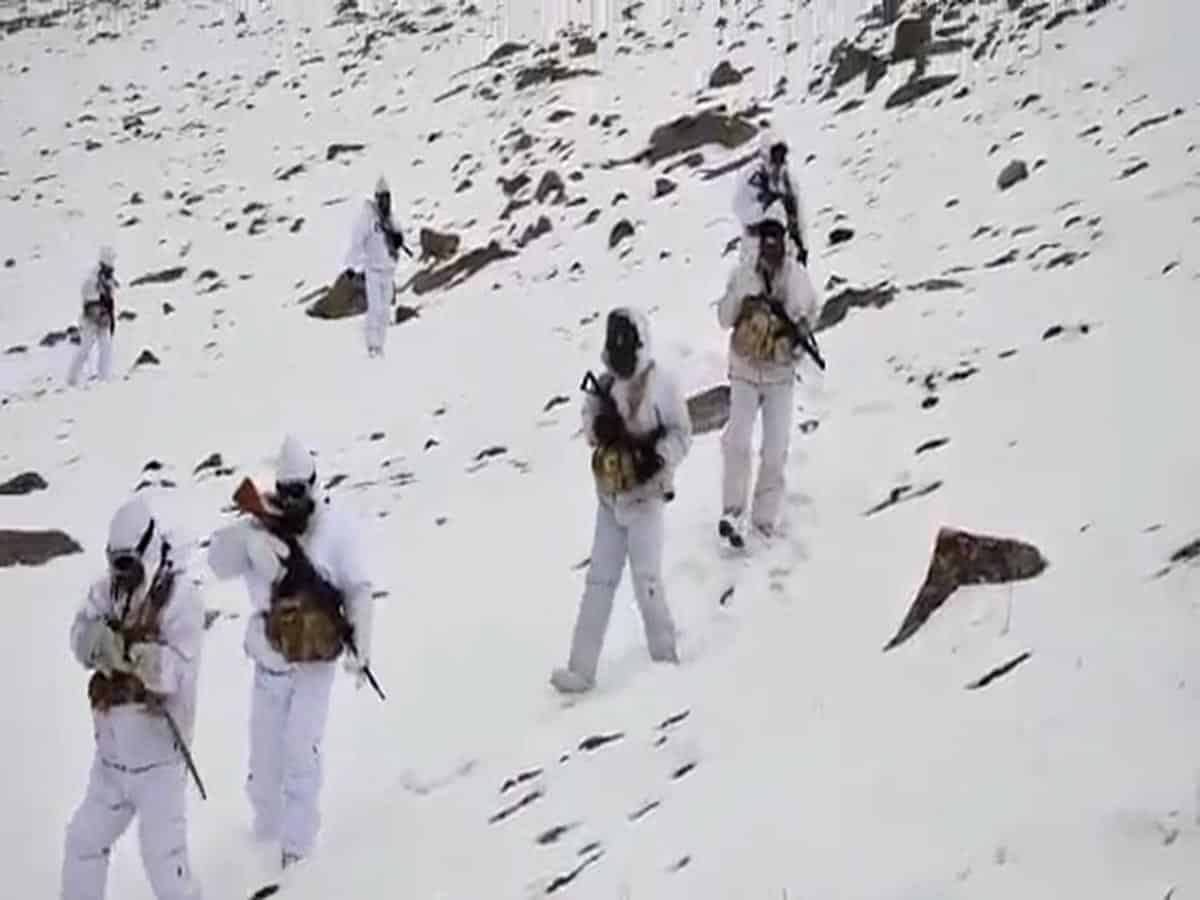
At a time when the Indian army is busy in celebrating 25th anniversary of its decisive victory in Kargil war of 1999, it is pertinent to note that closer to the same region India and China are locked in a military standoff for the past over four years with no signs of things returning to normal times of pre-May 2020. This is an issue that calls for recalibration of the military exercises and vigil along the borders to avert the situations with which Indian army is faced today.
New army chief Gen. Upendra Dwivedi has underscored the need for full spectrum operations to gain advantage over the situation. This is an important statement, and as army chief who has spent a considerable time in dealing with the situations in Ladakh during his tenure as army commander of the Northern Command which is tasked with guarding borders with Pakistan, Pakistan occupied Kashmir, Siachen glacier and along the Line of Actual Control (LAC) with China in eastern Ladakh. This needs a translation
Gen Dwivedi is speaking soldier’s language. For them the full spectrum means zero hostile activity from across the border. This hostility stems from aggressive action from the adversaries across the borders, or a situation challenging the Indian army on the borderlines, or a simply a posturing inherent with the potential for escalation. That is about the borders. These situations on borders have direct impact on the internal security situation. Internal and external security situation, especially in places like Ladakh and J&K cannot be put in two separate slots. They are interlinked.
More than four years is a long time. The Indian army is conscious that the issue at the LAC in eastern Ladakh imposed by China in violation of the agreements of peace and tranquility signed by India and China in 1990s. is serious and it has implications far away from the borders. This has the potential to dilute the victory celebrations over the victory in Kargil war 25 years ago, as India is faced with a situation on China border which is troubling the nation. Neither China is withdrawing to its pre-May 2020 positions nor it is showing signs of doing that so in the near future.
The Indian army cannot watch this situation in this particular frozen state of affairs. It cannot, and should not be in a wait and watch position for long. It’s good that the troops are facing the Chinese troops and have not allowed to cause the repeat of ignoble clashes at Galwan Valley of June 15/16, 2020 in which 20 Indian soldiers, including a Commanding Officer, were killed, but is that enough. The answer is simple no.
At the moment what India is doing is defending its territory where varied perceptions about the LAC reign. It is also keeping Chinese troops at bay from any threatening situation apart from which already exist on Despang and Demchok along the 646-km –long LAC in Ladakh. The real task is to get Chinese out of sight of these positions, so that the normalcy could be restored. This is a very diplomatically and militarily important proposition.
A larger geopolitical game plan has been worked out by China, where it is playing up its friendship with Pakistan, and helping it to maintain pressure on the Line of Control that divides Jammu and Kashmir between India and Pakistan. Despite the renewal of the ceasefire at LoC, Pakistan continues to push infiltrators on the Indian side. The infiltrators, coming with arms and ammunition, and often helped by drones, give a physical and [psychological boost to the ide of terrorism in Jammu and Kashmir. This boosts the morale of the disruptive elements, keen on disturbing peace within. That terrorists are working with targets on their mind is clear from the fact that they continue to attack forces and civilians alike in J&K, and a recent encounter in Kulgam, Kashmir, in which six terrorists and two soldiers were killed, shows that the peace is in peril and the security forces would have to redouble their efforts to combat terrorism. This, in part, is because of China-Pakistan nexus in playing up Kashmir as a “dispute.
China is also strengthening its positions within the close proximity of LAC and also deep inside. That capacity building is indicative of the Chinese designs to stay put for long at the positions where it is today. India must work hard and recalibrate its strategy in strengthening technology and capacity building to neutralize threat in eastern Ladakh.



